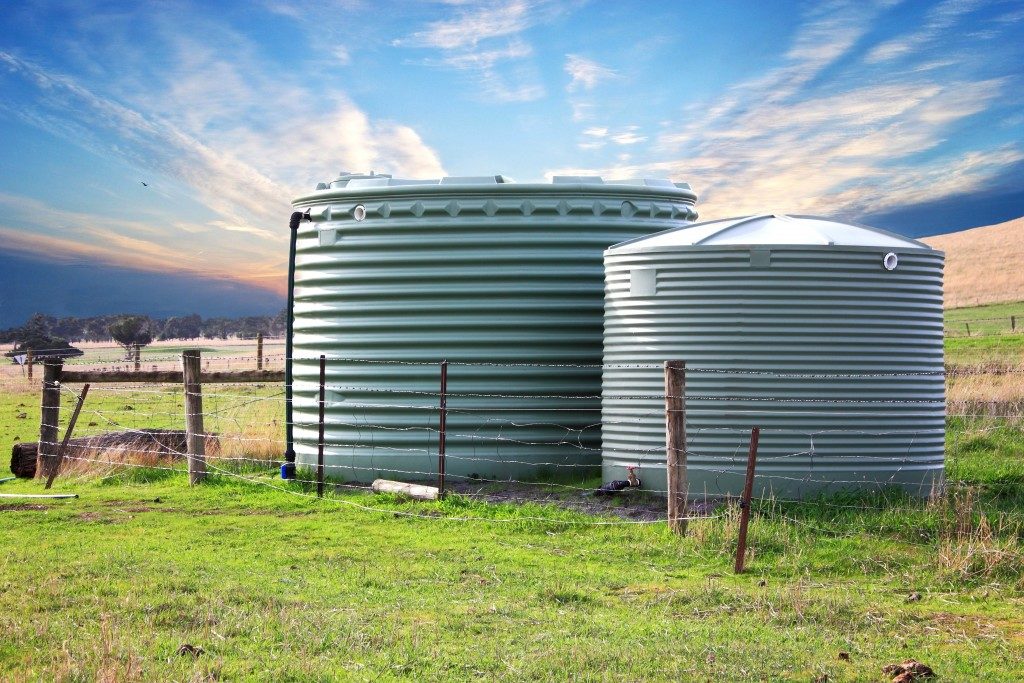Technological advancements these days allow for the unending reuse of natural resources, such as water. Water is a scarce resource; more waterways and sources are being contaminated by oil spills or the improper dumping of industrial wastes that lacked proper treatment. If not resolved immediately, these problems could make the main water sources practically unusable.
Relatively new, grey water systems are becoming more popular in New Zealand and other countries as one way of reusing wastewater.
What is grey water?
All wastewater generated by a residential or office building that has not come in contact with fecal matter is grey water. This water comes from sinks or from doing the laundry, and usually makes up about 65% of the total wastewater produced by a single household. The water in the toilet is classified as sewage or black water and generally contains human waste.
What is the quality of grey water?
While it did not come from toilets, grey water typically contains minute traces of excreta. This means it is not entirely free from pathogens. The contact with human waste may come from the washing of the body in the shower or from the washing of undergarments such as underwear.
The idea is to collect grey water by rerouting the drainpipes from showers and sinks and laundry drain into a tank for collection. However, grey water quality is prone to rapid deterioration while in storage, as it is often warm and contains some nutrients, organic matter, and even pathogens. This is also the reason it gives off a bad smell if kept for too long.
Grey water treatment process
Grey water generated by a household kitchen sink have oils, fats, and grease, as well as massive amounts of organic matter; hence, the need for it to be subjected to preliminary treatment to remove these substances before it can be stored into a grey water tank. Once collected, domestic grey water should be recycled directly from within the home. If it is to be stored, it can only be done so for a short period as the organic solids in it will start to break down. Grey water, though, cannot be used as drinking water but only for flushing toilets.
The grey water treatment process is similar to the wastewater treatment process used in large-scale sewage treatment facilities, only on a smaller scale. Two of these systems are:
Biological system. Typically, you would need constructed wetlands and bioreactors. In constructed wetlands, the contaminants of grey water (food particles) are used by plants as nutrients. There are more compact systems like the membrane bioreactor, a variation of the sludge process.
Mechanical systems. This method uses sand filtration, lava filter system, and UV-radiation base systems.
Is it safe?

For irrigation, grey water treatment is deemed to be a safe practice, as a 2015 epidemiological study has shown. That study showed that there were no reported diseases affecting users of grey water as irrigation in arid regions.
For toilet flushing and garden irrigation, experts say that grey water reuse may produce aerosols that could transmit legionella disease. The study, however, showed that the health risk due to the reuse of grey water in toilet flushing or garden irrigation was not significantly higher than the risk of using clear water from the same activities.
Greywater from showers and bathtubs are ideal for flushing toilets, and such is the case in most European and Australian zones. Some parts of the U.S. have also adopted the International Plumbing Code. An estimated 30% reduction in water use is projected by reusing this type of grey water.
To avoid biological contamination, you need:
- A cleaning tank for removing floating and sinking items
- A smart control mechanism for flushing the collected water if storage is more than 24 hours
By using grey water, the demand for clean water and the pressure on sewage treatment systems is reduced. If you have a garden, consider adopting the grey water system. Talk to a grey water treatment systems provider to learn more about your options.

